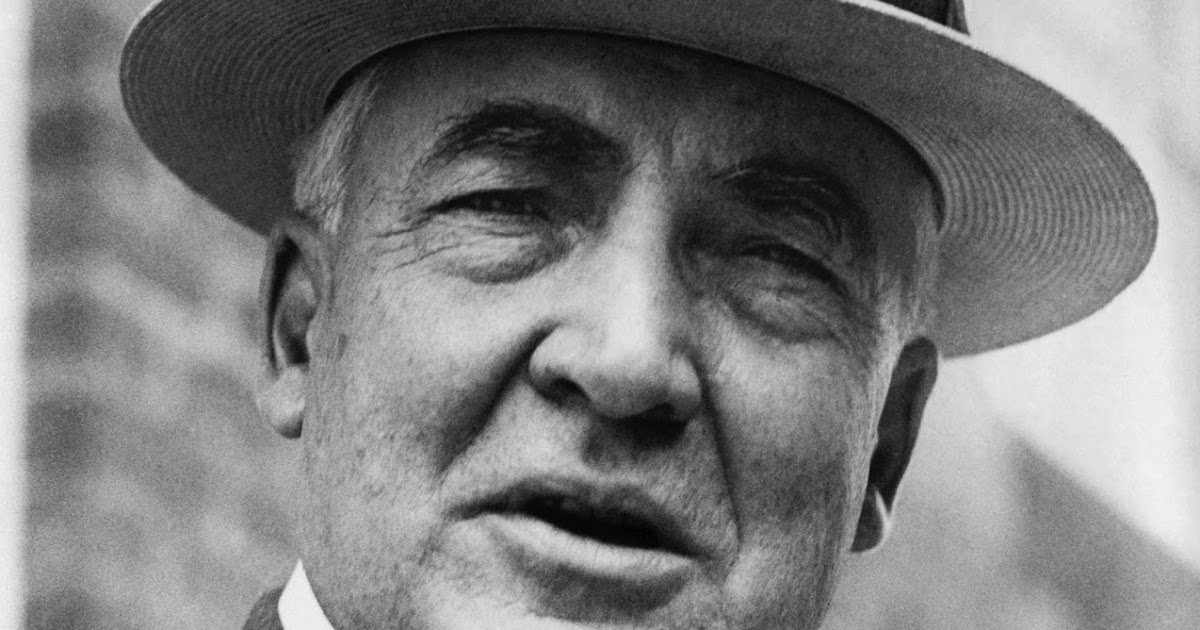The 29th president of America, Warren G. Harding, served from 1921 until his untimely death in 1923. His presidency is often remembered for its return to normalcy after World War I, but it was also marred by scandals and controversies. This article aims to provide a comprehensive overview of Harding's life, presidency, and legacy.
In this detailed exploration, we will delve into Harding's background, his political career, the significant events during his presidency, and the impact he left on American history. By understanding the complexities of his administration, readers can gain insights into the political landscape of the early 20th century and its relevance today.
Whether you are a history enthusiast, a student, or simply curious about American presidents, this article will serve as a valuable resource. Join us as we uncover the life and legacy of Warren G. Harding, the 29th president of the United States.
Table of Contents
- Biography of Warren G. Harding
- Early Life and Education
- Political Career
- Presidency (1921-1923)
- Domestic Policy Initiatives
- Foreign Policy and International Relations
- Major Scandals and Controversies
- Legacy and Historical Reputation
Biography of Warren G. Harding
Warren Gamaliel Harding was born on November 2, 1865, in Blooming Grove, Ohio. He was the first president born in the 20th century and the last president to have been born before the Civil War. Harding came from a modest background and worked as a newspaper publisher before entering politics.
| Date of Birth | November 2, 1865 |
|---|---|
| Date of Death | August 2, 1923 |
| Political Party | Republican |
| Presidency Term | 1921 - 1923 |
Early Life and Education
Harding's early life was shaped by his upbringing in Ohio, where he attended local schools and later graduated from Ohio Central College. He was a natural leader and was involved in various school activities, which laid the groundwork for his future political career. After college, he took over his family's newspaper, the Marion Star, where he gained valuable experience in journalism and public communication.
Political Career
Harding's political career began in 1899 when he was elected to the Ohio State Senate. He quickly gained a reputation as a competent politician and was later elected as the Lieutenant Governor of Ohio. His political affiliations and connections within the Republican Party helped him secure the party's nomination for the presidency in 1920.
Road to the Presidency
In the 1920 election, Harding ran on a platform of “return to normalcy,” appealing to voters who were weary of the social and economic upheaval following World War I. He won a landslide victory against Democratic candidate James M. Cox, taking 60% of the popular vote and securing a significant electoral majority.
Presidency (1921-1923)
Harding's presidency was marked by a mix of domestic achievements and significant challenges. He focused on stabilizing the economy, reducing government intervention, and promoting business growth. His administration saw the passage of several important laws, including the Budget and Accounting Act of 1921, which aimed to improve federal financial management.
Domestic Policy Initiatives
- Tax Reductions: Harding advocated for tax cuts to stimulate economic growth.
- Regulatory Reforms: His administration sought to reduce government regulations on businesses.
- Infrastructure Development: Harding promoted infrastructure projects, including road construction and public works.
Foreign Policy and International Relations
Harding's foreign policy was characterized by a desire for peace and stability in the post-war world. He supported disarmament initiatives and played a key role in the Washington Naval Conference of 1921-1922, which aimed to limit naval armaments among the world powers.
Major Scandals and Controversies
Despite his early successes, Harding's presidency was marred by scandals, the most notable being the Teapot Dome scandal, which involved bribery and corruption related to oil reserves. The scandal tarnished Harding's reputation and overshadowed many of his accomplishments.
Legacy and Historical Reputation
Warren G. Harding's presidency is often viewed with mixed feelings. While he achieved some significant domestic and foreign policy goals, the scandals that emerged during and after his administration have led to a generally unfavorable historical reputation. However, recent scholarship has sought to reassess his legacy, highlighting his efforts toward economic recovery and international diplomacy.
Conclusion
In summary, Warren G. Harding, the 29th president of the United States, navigated a complex political landscape during his short time in office. His contributions to American politics, though often overshadowed by scandal, remain relevant in discussions of presidential leadership and governance. Understanding Harding's presidency provides valuable insights into the challenges faced by leaders during times of change.
We invite readers to share their thoughts on Warren G. Harding's presidency in the comments below. If you found this article informative, please consider sharing it with others or exploring more articles on American history.
Final Thoughts
Thank you for taking the time to learn about the 29th president of America. We hope this article has provided you with a deeper understanding of Warren G. Harding's life and legacy. We look forward to welcoming you back for more engaging content in the future!



